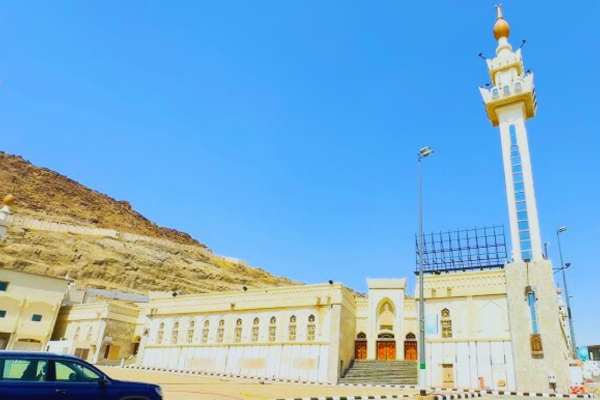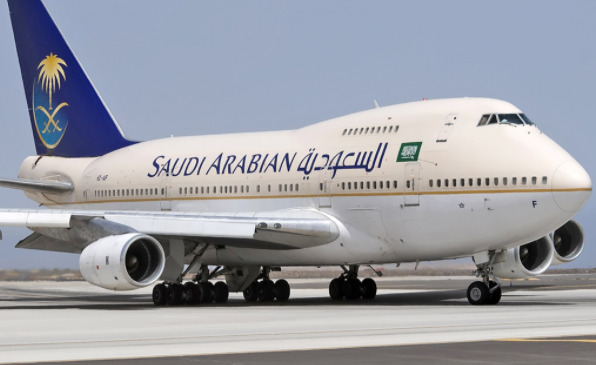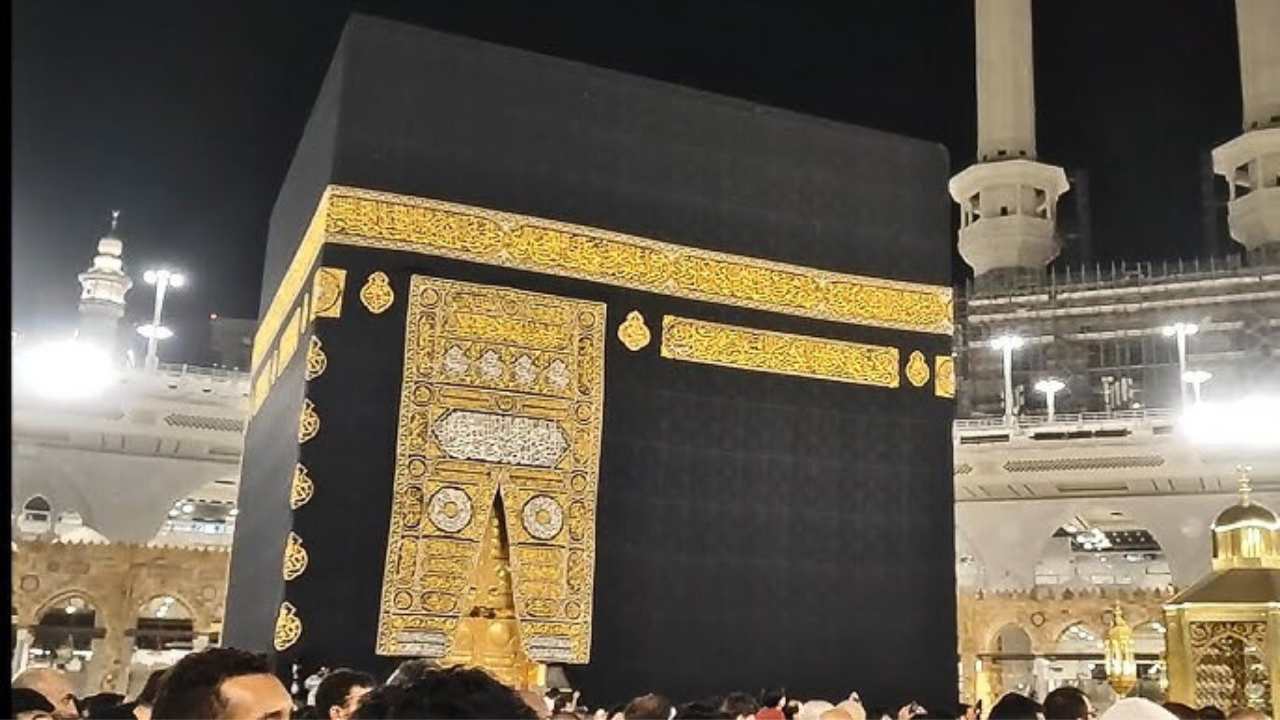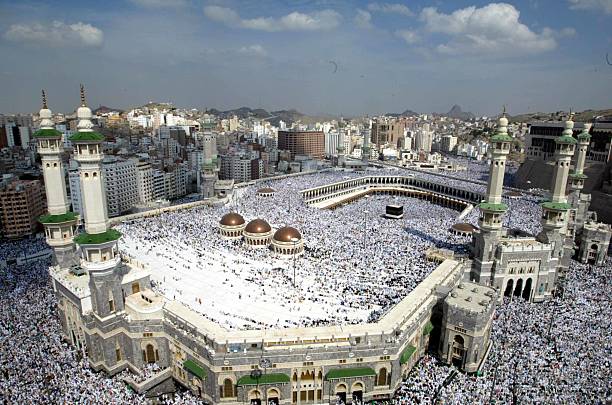When one thinks about mosques in Makkah, the first name that springs to mind is ‘The Grand Mosque’ also acknowledged as Al-Masjid Al-Haram. Still, this holy city hosts numerous other mosques of great historical and spiritual importance. Makkah Al-Mukarramah, popular for its rich spiritual legacy, is home to some of the world’s oldest and most well-known mosques, drawing millions of worshippers and devotees of history. From the esteemed Miqat locations to significant places of worship – these mosques provide insight into the deep history of Islam.
The Grand Mosque
The Grand Mosque, also recognized as Al-Masjid Al-Haram, is the most respectful place in Makkah and the most holy location in Islam. Situated in the center of the city – this Grand Mosque encircles the Holy Kaaba, the direction of prayer for Muslims globally called Qibla. Here, prayer is considered exceptionally beneficial, comparable to 100,000 prayers in other places.
The Holy Kaaba is a cubic-shaped edifice built by Prophet Ibrahim (AS) and his son Ismail (AS) as a sacred place for muslims to worship Allah. The Kaaba is draped in a pulchritudinous silk fabric featuring Quranic inscriptions, representing its holiness. Next to the Ismail Stone, a semi-circular section that was formerly part of the Kaaba’s framework, honored for its importance in Islamic customs. Another holy component is the Black Stone (Hajr e Aswad), fixed in the southeast section of the Kaaba, which acts as the starting and finishing point for Tawaf (circumambulation).
A visit to Al-Masjid Al-Haram offers a unique spiritual experience, with every area echoing profound devotion and historical importance.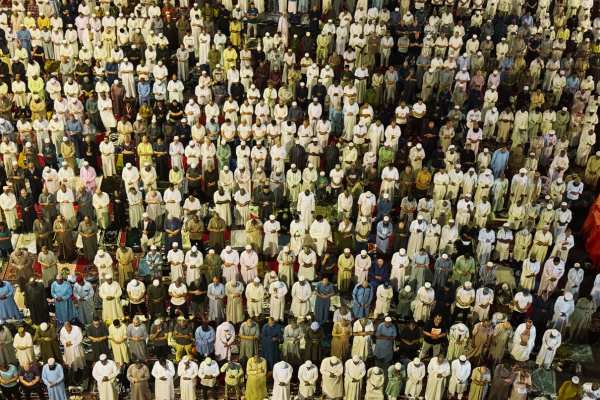
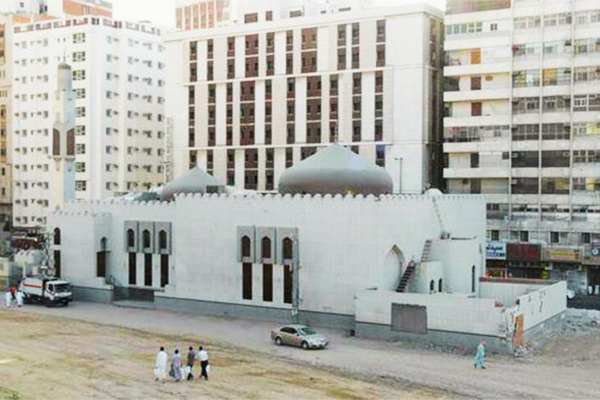
Masjid al-Rayah
Masjid al-Rayah – also recognized as the "Mosque of the Banner" – is the most important historical mosque situated along Al-Masjid Al-Haram Road - about a kilometer away from Masjid al-Haram in the Al-Hujun neighborhood. This mosque signifies the location where Prophet Muhammad (PBUH) hoisted a flag during the Makkah conquest, representing a peaceful restoration of the city. The term "Ar-Rayah" means "flag" in English - honoring this most important event in Islamic history.
After the conquest – the Prophet’s companion, Abdullah Ibn Abbas, built the mosque to commemorate this occurrence. The mosque’s straightforward and minimal design represents its deep historical importance instead of architectural splendor. In Southeast Asia, pilgrims informally call it "Masjid Kucing" or "Cat Mosque," but the origins of this term are still not well understood. Located close to the path to Jannat Al-Ma’la, Masjid al-Rayah is a valued destination for guests wishing to engage with Islamic traditions and the heritage of Prophet Muhammad (PBUH).
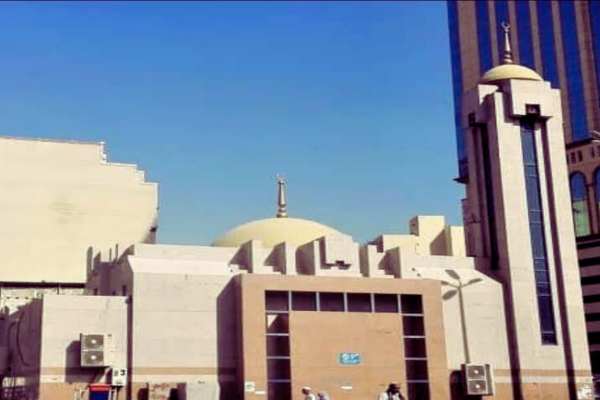
Masjid al-Jinn
Masjid al-Jinn – also acknowledged as the “Mosque of the Jinn” or “Al-Harras Mosque,” is among the most important historical mosques in Makkah. Situated in the Gaza neighborhood near the grand mosque and adjacent to Al-Ma’la Cemetery, this mosque honors a notable occasion when prophet Muhammad (PBUH) conveyed quranic verses to a group of jinn – resulting in their conversion to Islam. The event is documented in Surah Al-Jinn in the Quran, emphasizing its significant spiritual relevance. The mosque is located at the place where the Prophet along with his companion Abdullah bin Masud called the jinn to islam and even provided them food, in the form of bones.
Commonly known as the Mosque of Allegiance,” it represents the vow made by the jinn to adhere to the principles of islam. Regardless of its name, the mosque does not provide any mystical or supernatural experiences but functions as a respected location for those intrigued by Islamic history and the prophet’s missionary path. The mosque’s simple design and absence of a women’s area highlight its historical roots and straightforwardness, drawing in visitors who desire to engage with this distinctive aspect of Islamic heritage.
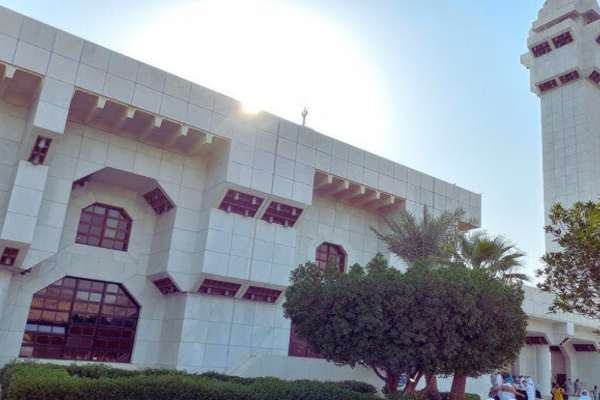
Masjid al-Taneem – Masjid Ayesha
Masjid al-Taneem - widely referred to as Masjid Ayesha, is an important mosque located about 7.5 km north of Masjid al-Haram – close to the boundary of the haram area. This mosque is highly important as a specified Miqat (station) where pilgrims who plan to undertake Umrah enter the state of Ihram. It is named in honor of Ayesha (RA), the spouse of Prophet Muhammad (PBUH), who began her Ihram at this location during Umrah. Masjid al-Taneem acts as a point of entry for pilgrims arriving in Makkah, especially those coming from Madinah.
It offers comprehensive facilities for ablution and Ihram preparation, making it a vital stop for numerous worshippers. Open all day, it is especially convenient for individuals who want to carry out extra Umrah rituals outside of their tour groups. Its advantageous position and ease of access highlight its significance, providing both a spiritual and practical beginning to the holy pilgrimage of Umrah.
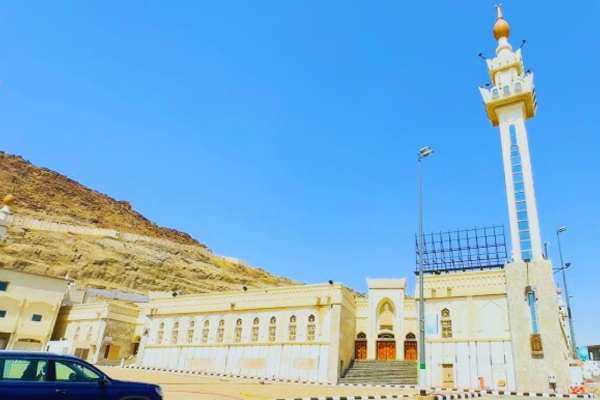
Masjid al-Khayf
Masjid al-Khayf, situated in the Mina valley roughly 10 km east of Masjid al-Haram, is among the most important historically and spiritually mosques in Makkah. This mosque plays a significant role during the Hajj pilgrimage, being a location where many prophets, including Prophet Moses (PBUH) - are believed to have prayed. Prophet Muhammad (PBUH) also gave a sermon at this location during his Hajj, and pilgrims perpetuate his legacy by praying in this mosque while in Mina, especially during the Tashreeq days.
Located beside the smallest Jamara, an important location for the stoning rituals, the mosque can hold up to 45,000 worshippers and features modern amenities such as air conditioning, washing areas, and a spacious restroom complex. Its distinctive triangular design, four impressive minarets, and advantageous positioning establish it as an important landmark for Hajj visitors. Renovated and enlarged throughout the centuries, especially in 1987, the mosque remains a spiritual and historical symbol for those on the sacred pilgrimage.
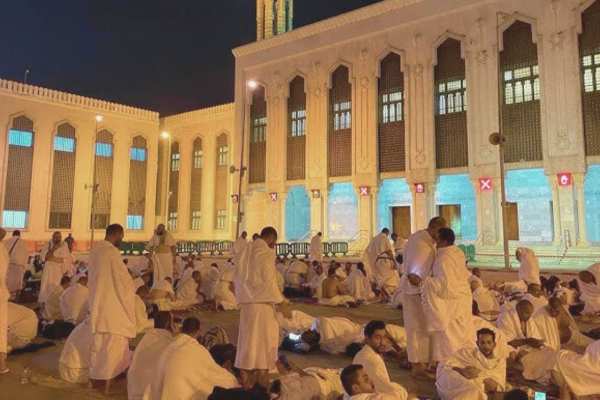
Masjid Nimrah
One of the most significant mosques in islam, particularly during the hajj pilgrimage, is masjid Nimrah – which is situated on the western border of the Arafat plains. Prophet Muhammad (SAW) gave his famous Farewell sermon at this ancient mosque in 632 CE – demonstrating its profound spiritual significance. Pilgrims assemble here on the 9th of Dhul-Hijjah – known as Day of Arafat – to carry out the shortened and combined Zuhr and Asr prayers. After massive repairs and extensions, the mosque, which is located around 21 kilometers southeast of Masjid al-Haram, can now hold an incredible 350,000 worshippers. Spanning more than 110,000 square meters, it boasts six magnificent minarets, three domes, ten impressive entrances, and a completely shaded garden area of 8,000 square meters.
Easily reachable through the Al Mashaaer Al Mugaddassah Metro line during Hajj, Masjid Nimrah serves as a significant symbol of Islamic history and remains a center of devotion and unity for pilgrims annually.
These mosques function not only as holy sites for prayer but also as lasting representations of Islamic heritage – embodying the deep spiritual journey and commitment of Muslims over the centuries. Every structure events in the life and legacy of prophet Muhammad (PBUH).
